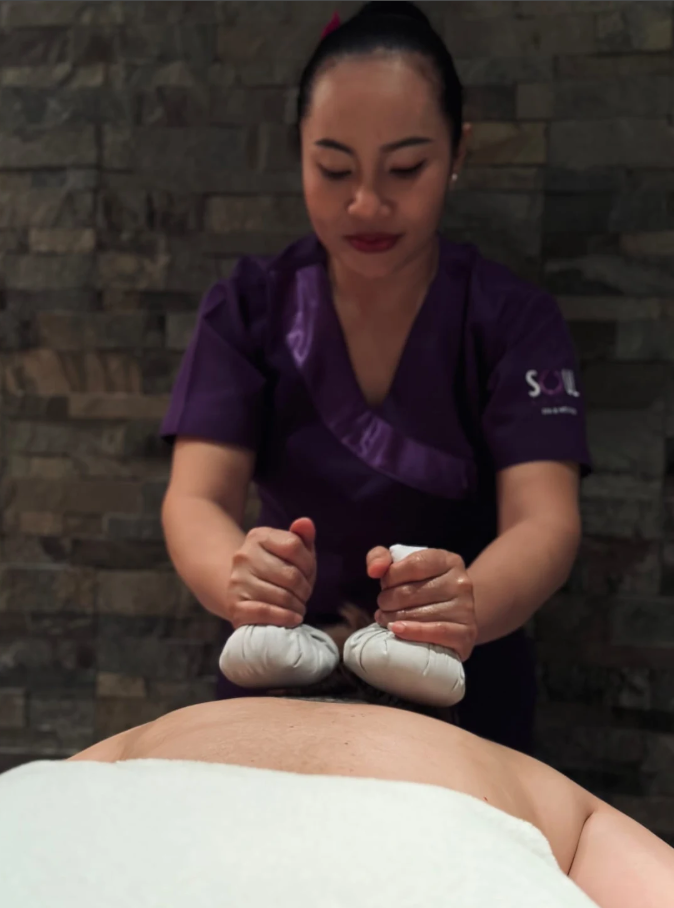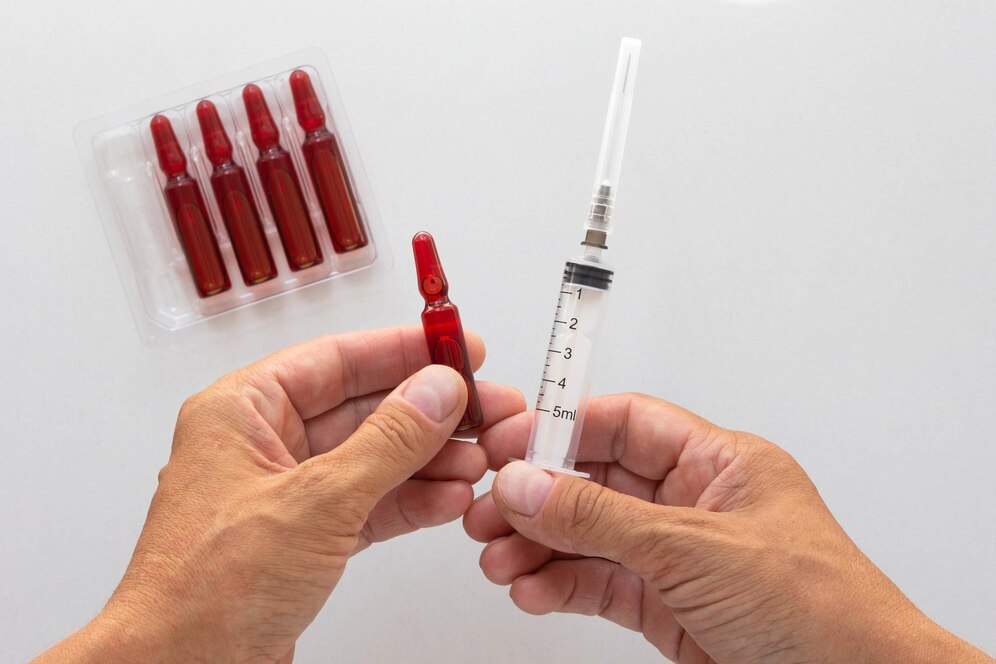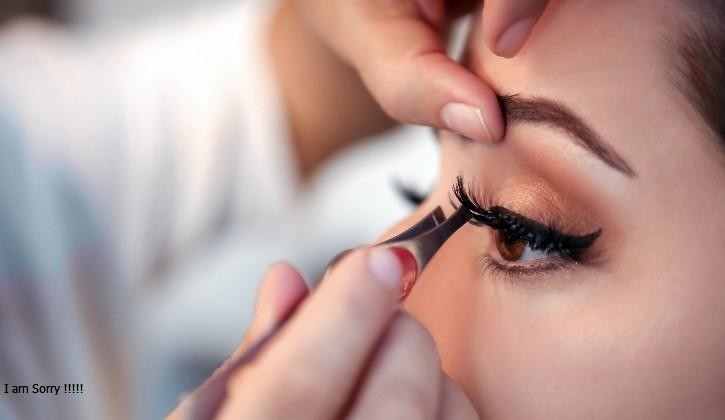How to Use Deodorant Effectively
Deodorant is a simple part of our daily routine, but many people don’t use it as effectively as they could. Whether you’re trying to stay fresh throughout the day, reduce sweat, or avoid body odor, knowing how to apply deodorant properly can make a big difference.
In this article, we’ll break down everything you need to know about using deodorant effectively—what types to choose, when to apply it, and tips for making it last all day.
What’s the Difference Between Deodorant and Antiperspirant?
Before we dive into application tips, it’s important to understand the difference between deodorant and antiperspirant.
- Deodorant: This product fights odor by killing the bacteria that cause it. It doesn’t stop you from sweating, but it helps you smell fresh.
- Antiperspirant: This product reduces sweating by blocking sweat glands with aluminum-based ingredients. Most antiperspirants also have deodorizing agents to fight odor.
Some products are deodorant-only, while others are combination products that both fight odor and reduce sweat.
Why Use Deodorant?
Sweating is a natural and healthy function. It helps regulate your body temperature. However, sweat itself doesn’t smell. The odor comes from bacteria that break down sweat on your skin, especially in warm, moist areas like your armpits.
Using deodorant helps you:
- Control body odor
- Stay fresh and confident
- Improve personal hygiene
- Feel more comfortable in social or professional settings
Choosing the Right Deodorant for You
There are many types of deodorants available, and the best one depends on your needs and preferences.
1. Stick Deodorants
- Easy to apply and portable
- Usually solid and dry quickly
- Common and widely available
2. Roll-On Deodorants
- Liquid formula applied with a ball roller
- Feels wet at first but dries quickly
- Great for even coverage
3. Spray Deodorants
- Aerosol or pump sprays
- Quick-drying and convenient
- Often feel cool on the skin
4. Gel Deodorants
- Clear and smooth formula
- Can feel wet but dries transparent
- May take a little longer to dry
5. Cream or Natural Deodorants
- Often made with natural ingredients like baking soda or coconut oil
- May require application with fingers
- Great for sensitive skin
If you sweat heavily, you may want an antiperspirant. If you’re concerned about aluminum or prefer natural products, look for aluminum-free deodorants.
When Is the Best Time to Apply Deodorant?
Most people apply deodorant in the morning, but that’s not always the most effective time—especially if you’re using an antiperspirant.
For Antiperspirants:
The best time to apply is at night before bed. This gives the product time to absorb into your sweat glands while you sleep, making it more effective during the day.
For Deodorants:
You can apply them in the morning, at night, or both—whenever you need to fight odor.
The key is to apply to clean, dry skin to get the best results.
How to Apply Deodorant Properly
Even though applying deodorant seems simple, doing it correctly can help it work better and last longer.
1. Start with Clean Skin
Deodorant should always be applied to clean, dry armpits. After your shower is the perfect time.
Why it matters:
- Applying to sweaty or dirty skin traps bacteria and reduces effectiveness.
- Clean skin allows the product to adhere better.
2. Dry Your Armpits First
If your skin is damp from showering or sweating, pat it dry with a towel before applying deodorant. Wet skin can dilute the product and prevent it from working well.
3. Don’t Overapply
You don’t need a thick layer for deodorant to be effective. Just 2–4 swipes of stick or roll-on (or a quick spray if using aerosol) is enough.
Too much product can cause buildup, staining on clothes, or even skin irritation.
4. Let It Dry
Give the product a few seconds to dry before putting on your shirt. This helps avoid marks and lets the deodorant do its job without being rubbed off.
5. Reapply When Needed
If you’re going to the gym, heading out after work, or spending time outside on a hot day, it’s okay to reapply. Just clean your armpits with a wet wipe or cloth first for best results.
How to Prevent White Marks and Stains
One of the most common complaints about deodorant is white marks on clothes or yellow stains on shirts.
Tips to avoid this:
- Apply a thin, even layer and let it dry before dressing.
- Choose clear or invisible formulas that don’t leave residue.
- Avoid overusing product—it’s often excess deodorant that causes stains.
- Wash your clothes promptly; sweat and deodorant build-up can stain over time.
Tips for Sensitive Skin
Some deodorants can irritate sensitive skin, especially after shaving. If you experience redness, itching, or bumps, try the following:
- Choose fragrance-free or hypoallergenic products.
- Look for deodorants with soothing ingredients like aloe vera or chamomile.
- Avoid applying deodorant immediately after shaving—wait at least 30 minutes or shave at night and apply in the morning.
- Test new products on a small patch of skin first.
Natural Alternatives and DIY Deodorants
If you prefer natural skincare, there are plenty of aluminum-free, paraben-free, and cruelty-free deodorants available.
Common natural ingredients include:
- Baking soda (neutralizes odor)
- Coconut oil (moisturizes and has antibacterial properties)
- Arrowroot powder (absorbs moisture)
- Essential oils (for fragrance)
You can also make your own deodorant at home using ingredients like:
- 1/4 cup baking soda
- 1/4 cup cornstarch or arrowroot powder
- 5 tbsp coconut oil
- A few drops of your favorite essential oil
Mix and store in a small jar. Apply a small amount with your fingers.
When Deodorant Isn’t Enough
If you still feel sweaty or notice strong odor even after using deodorant, you might need a stronger product or different approach.
Options include:
- Clinical-strength antiperspirants: These contain a higher concentration of active ingredients.
- Prescription treatments: A doctor can prescribe stronger antiperspirants for conditions like hyperhidrosis (excessive sweating).
- Lifestyle changes: Staying hydrated, eating less spicy food, and wearing breathable clothing can help reduce sweat and odor.
- Botox treatments or medical procedures: These are available for chronic excessive sweating.
Extra Tips for Long-Lasting Freshness
Want to stay fresh all day? Here are a few bonus tips:
- Shave your underarms: Less hair means fewer places for bacteria to grow.
- Change clothes daily, especially shirts and undergarments.
- Stay hydrated to help regulate body temperature and reduce sweat.
- Carry travel-size deodorant for touch-ups during busy days or workouts.
- Shower regularly, especially after exercise or being outside in hot weather.
Final Thoughts
Using deodorant effectively isn’t just about slapping some on and heading out the door. With a few simple changes to your routine—like applying it to clean, dry skin, choosing the right type, and using the right amount—you can stay fresh and confident all day long.
Whether you’re using a classic stick, a natural formula, or a clinical-strength antiperspirant, proper application makes a huge difference in how well it works.
Freshness starts with good hygiene and smart habits. So next time you reach for your deodorant, remember these tips—and stay confidently cool, no matter what your day brings. Consider exploring additional resources on self-care, mindfulness, and personal growth atvenzec.icu for a deeper dive into these topics.











